Rob MacKillop
Edinburgh Correspondent
This is the Mamiya-Sekor Macro C 140mm f/4.5 lens, purchased for £100 on ebay. Seems in very good condition, and the optics look very clear.

rings by RobMacKillop, on Flickr
And in situ...magnification lens up in the viewer:

above by RobMacKillop, on Flickr

side by RobMacKillop, on Flickr
This lens is more complicated than the ones I am used to. So, from top down we have:
1. Depth of field of scale
2. Distance Scale - this relates to the diagram on the side of the camera, which obviously changes as you extend or contract the bellows for focussing:

distance scale by RobMacKillop, on Flickr
On the lens ring, distance is notated in meters and feet (yellow). But this ring also has details for Magnification - the white number 3 = 1/3 its size. And also info for Exposure Compensation in Green. I can't quite get my head around why you would want to change the exp comp by, say, +1, when this would change the distance?
3. Shutter Speed
4. Aperture
Then there is a synchroflash terminal (I have the booklet of basic instructions!), the M-X selector (I assume this has something to do with flash?), and (far left) the Mup - mirror up knob, which I will be using.
Then the floating ring, which really comes into play when using extension tubes, and is otherwise set to infinity.
I don't have any film at the moment, but have ordered some HP5 and some Fuji Velvia...
Looking through the lens surprised me - doesn't look like macro to me...I imagine that is what the extension tubes are for. I've read, though, that at close focus you get a lot more clarity and detail. I'm curious as to how 'macro' this will be without the extensions. Many regard this as the finest of the RB67 lenses.

rings by RobMacKillop, on Flickr
And in situ...magnification lens up in the viewer:

above by RobMacKillop, on Flickr

side by RobMacKillop, on Flickr
This lens is more complicated than the ones I am used to. So, from top down we have:
1. Depth of field of scale
2. Distance Scale - this relates to the diagram on the side of the camera, which obviously changes as you extend or contract the bellows for focussing:

distance scale by RobMacKillop, on Flickr
On the lens ring, distance is notated in meters and feet (yellow). But this ring also has details for Magnification - the white number 3 = 1/3 its size. And also info for Exposure Compensation in Green. I can't quite get my head around why you would want to change the exp comp by, say, +1, when this would change the distance?
3. Shutter Speed
4. Aperture
Then there is a synchroflash terminal (I have the booklet of basic instructions!), the M-X selector (I assume this has something to do with flash?), and (far left) the Mup - mirror up knob, which I will be using.
Then the floating ring, which really comes into play when using extension tubes, and is otherwise set to infinity.
I don't have any film at the moment, but have ordered some HP5 and some Fuji Velvia...
Looking through the lens surprised me - doesn't look like macro to me...I imagine that is what the extension tubes are for. I've read, though, that at close focus you get a lot more clarity and detail. I'm curious as to how 'macro' this will be without the extensions. Many regard this as the finest of the RB67 lenses.
